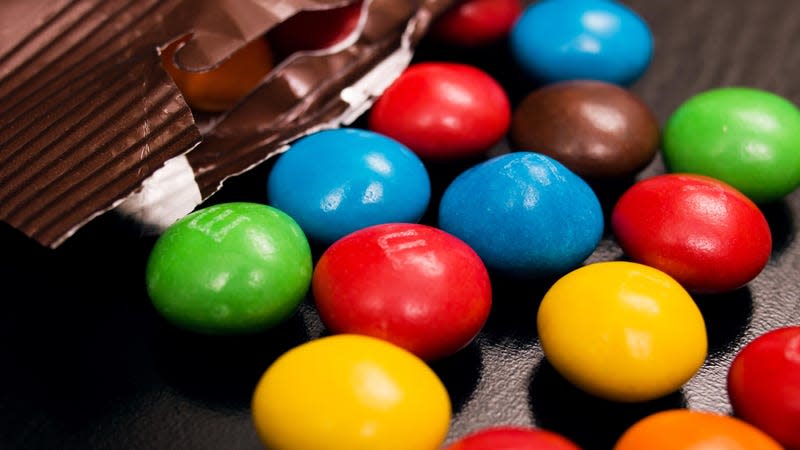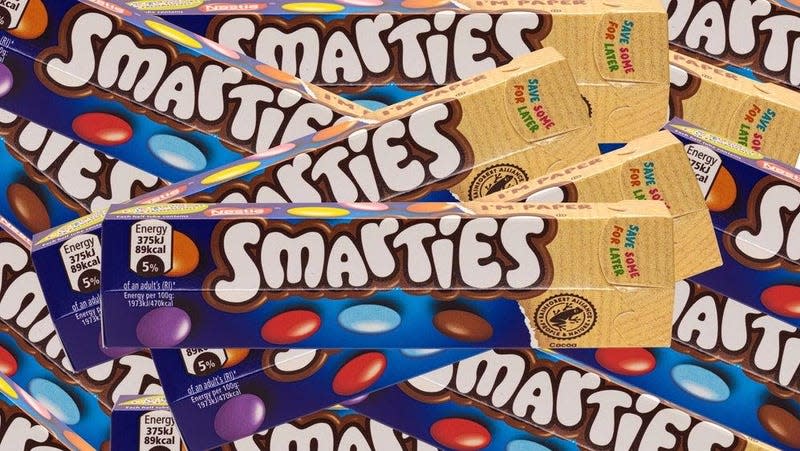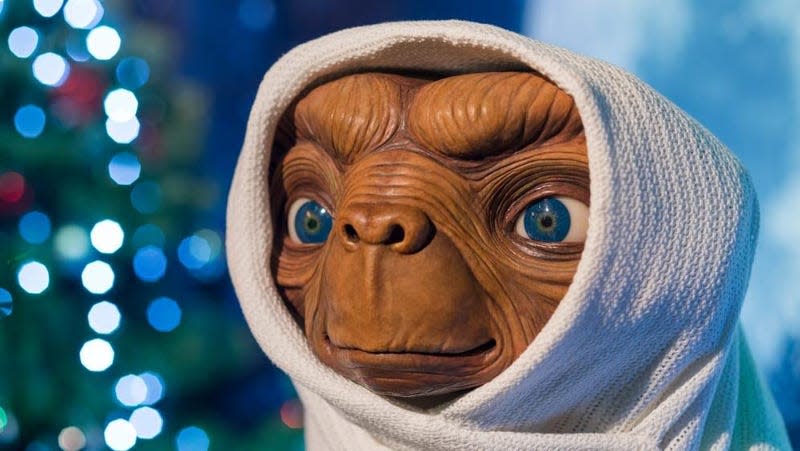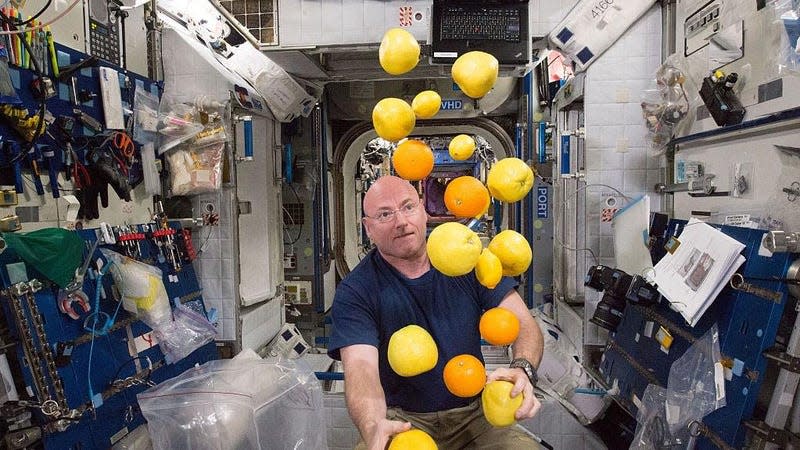7 Facts That Will Change the Way You Look at M&M’s

Barely a week goes by without M&M’s candies making the news. Sometimes they play a starring role in a new Guinness world record. Occasionally we hear about a bold new flavor. And other times they make a splash during the NFL season or trigger a famous news commentator. M&M’s are not just a candy, but a cultural institution, and a very interesting one at that. There is so much fascinating history and trivia lurking beneath those colorful shells. Let’s look at some sweet tidbits about M&M’s that you may never have heard before.
M&M’s played a role in World War II

Yet another way in which war changed the way we eat. The first plain M&M’s candies were made in 1941 for the U.S. military, according to the official Mars website. They provided a mess-free ration for soldiers serving in World War II. They were also included in the care packages that the American Red Cross sent to prisoners of war. It was in 1945 that M&M’s were launched to the general public, and they’ve been winning the battle against sugar cravings ever since.
Read more
M&M’s weren’t the first colorful candy-coated chocolates

Smarties—the chocolate ones, not the fruity American candy of the same name—beat M&M’s to the punch. One legend states that the men behind Smarties and M&M’s were both inspired by candy-coated chocolates they saw being eaten by soldiers in the Spanish Civil War. Others are less diplomatic and claim that M&M’s simply copied Smarties. But what’s beyond dispute is that humanity was blessed with two deliciously similar candies within a few years of each other. Although Smarties did not attain the same global supremacy of M&M’s, they remain very popular in the UK, Germany, and Australia. And in 2021, Smarties officially transitioned to recyclable paper packaging—the first global confectionery brand to do so. Kudos.
The little “m” used to be black, not white

Mars, Inc. started printing a little “m” on its candies in the 1950s. According to the website, this was done to “distinguish the real M&M’s from inferior imitators” (meow!). The “m” itself was originally printed in black, but it was changed to white in 1954. The reasons for doing this aren’t clear, but each lentil has proudly worn a white “m” ever since. Yes, an individual M&M is known as a lentil!
M&M’s passed on appearing in E.T.

As explained by Entertainment Tonight (the other “ET”), the original script for the 1982 film E.T. the Extra-Terrestrial saw young Elliott attracting the shy alien with M&M’s. The producers put the offer to parent company Mars, Inc., but it didn’t work out. For one thing, director Steven Spielberg, secretive about his project, wouldn’t share the script with Mars in advance, so the company didn’t know how its product would be depicted. Additionally, the time that Mars spent considering the offer led the time-strapped movie producers to explore other options. They ended up inking a deal with Spielberg’s next favorite candy: Reese’s Pieces. It ended up being one of the most lucrative product placements in entertainment history, but to be fair, M&M’s went on to become the preferred snack of Kevin Malone in The Office. Not too shabby.
Scientists use M&M’s quite often

We’ve previously covered a research study that involved feeding peanut M&M’s to horses, causing the animals to test positive for banned substances. But the relationship between science and M&M’s doesn’t stop there. The candies were also used in a study by Carnegie Mellon University which found that people eat fewer M&M’s if they’ve already imagined eating 30 M&M’s. Another study concluded that high school students eat more M&M’s if they’ve played violent video games as opposed to nonviolent ones. And the examples go on. I’m free anytime to eat M&M’s for science, if any researchers are reading this.
Red M&M’s went away for a decade

The M&M’s rainbow lost a very important color in 1976. It all started when the Food and Drug Administration banned the use of Red No. 2 dye over safety concerns. Even though red M&M’s didn’t contain this dye, Mars chose to stop producing them so as not to concern the public. The brand eventually brought back red M&M’s in 1987 after a lot of public outcry from customers who missed them. This outcry included the sending of many letters to the manufacturer and even the establishment of the Society for the Restoration and Preservation of Red M&M’s. Hopefully they never leave us again.
Astronauts love M&M’s

It’s official, M&M’s are too good to be restricted by the surly bonds of Earth. They are frequently consumed aboard the International Space Station. This isn’t only due to their tastiness; M&M’s are practical snacks for outer space in that they are self-contained, don’t produce crumbs, and are easy to spot, should one of them float away. In total, M&M’s have flown aboard over 130 NASA missions. Mars even whipped up a very special batch to commemorate NASA’s final Space Shuttle launch in 2o11.
More from The Takeout
Sign up for The Takeout's Newsletter. For the latest news, Facebook, Twitter and Instagram.

